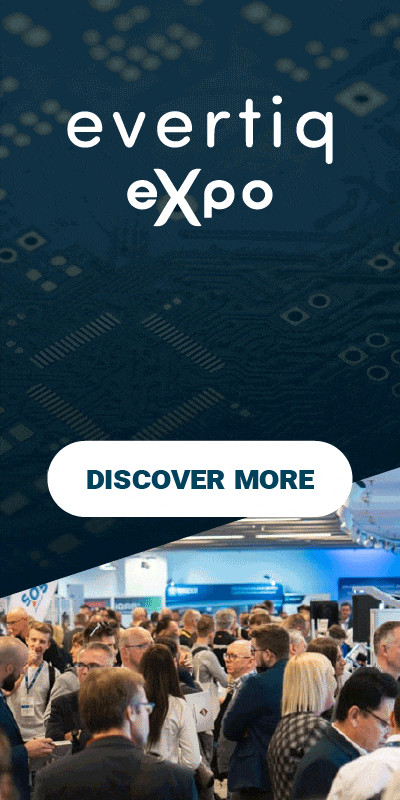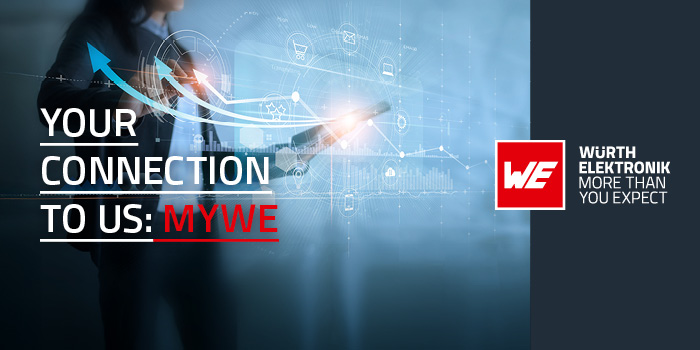
© LZH
Electronics Production |
Lead-Free joining of electronic components
The goal of a new research project at the Laser Zentrum Hannover (LZH) is to weld electronic components for televisions, cell phones, computers etc. quickly, easily and lead-free onto printed circuit boards.
To accomplish this, a "two-laser-solution" is being used. A green laser with low output power ensures optimal and repeatable process conditions, while an infrared laser with higher output power is used to actually weld the components. Since components are welded and not soldered, lead-based soldering material is not needed.
Infrared lasers (wavelength = 1064 nm) have already proven their value in numerous micro-welding applications. However, if copper or copper alloys must be joined, the laser beam is subject to reflection by material surface. Minor irregularities on the surface such as oxidation can have a highly negative influence on the process.
With the two-laser-solution, the component is first irradiated with a low-power, green laser (wave length = 532 nm) before the actual welding takes place. The radiation of the green laser is absorbed more easily, and the negative influences of irregularities on the component surface are minimized. Subsequently, the following welding process with the infrared laser can take place under consistent conditions, and the combination of the advantages of the two lasers - process safety at 532 nm and high output power at 1062 nm - can be used to produce high quality welds for electronic components.
 Using the two-laser-solution, electronic components can easily be welded to circuit boards
The two-laser-process is important for industrial production for several reasons. Electronic assemblies are increasingly subject to higher temperatures, and accordingly, they cannot be soldered and must be welded. Also, welding does not need a soldering material and thus, the legal requirements for a lead-free joining technique can be fulfilled. To support industrial implementation, the LZH and the other project are working on the development of the necessary laser sources, circuit boards, optics, etc..
The project Supreme is supported by the German Federal Ministry of Education and Research (BMBF) within the framework concept Research for Tomorrow's Production, together with project management Forschungszentrum Karlsruhe, Production and Manufacturing Technologies division.
Using the two-laser-solution, electronic components can easily be welded to circuit boards
The two-laser-process is important for industrial production for several reasons. Electronic assemblies are increasingly subject to higher temperatures, and accordingly, they cannot be soldered and must be welded. Also, welding does not need a soldering material and thus, the legal requirements for a lead-free joining technique can be fulfilled. To support industrial implementation, the LZH and the other project are working on the development of the necessary laser sources, circuit boards, optics, etc..
The project Supreme is supported by the German Federal Ministry of Education and Research (BMBF) within the framework concept Research for Tomorrow's Production, together with project management Forschungszentrum Karlsruhe, Production and Manufacturing Technologies division.
 Using the two-laser-solution, electronic components can easily be welded to circuit boards
The two-laser-process is important for industrial production for several reasons. Electronic assemblies are increasingly subject to higher temperatures, and accordingly, they cannot be soldered and must be welded. Also, welding does not need a soldering material and thus, the legal requirements for a lead-free joining technique can be fulfilled. To support industrial implementation, the LZH and the other project are working on the development of the necessary laser sources, circuit boards, optics, etc..
The project Supreme is supported by the German Federal Ministry of Education and Research (BMBF) within the framework concept Research for Tomorrow's Production, together with project management Forschungszentrum Karlsruhe, Production and Manufacturing Technologies division.
Using the two-laser-solution, electronic components can easily be welded to circuit boards
The two-laser-process is important for industrial production for several reasons. Electronic assemblies are increasingly subject to higher temperatures, and accordingly, they cannot be soldered and must be welded. Also, welding does not need a soldering material and thus, the legal requirements for a lead-free joining technique can be fulfilled. To support industrial implementation, the LZH and the other project are working on the development of the necessary laser sources, circuit boards, optics, etc..
The project Supreme is supported by the German Federal Ministry of Education and Research (BMBF) within the framework concept Research for Tomorrow's Production, together with project management Forschungszentrum Karlsruhe, Production and Manufacturing Technologies division.


